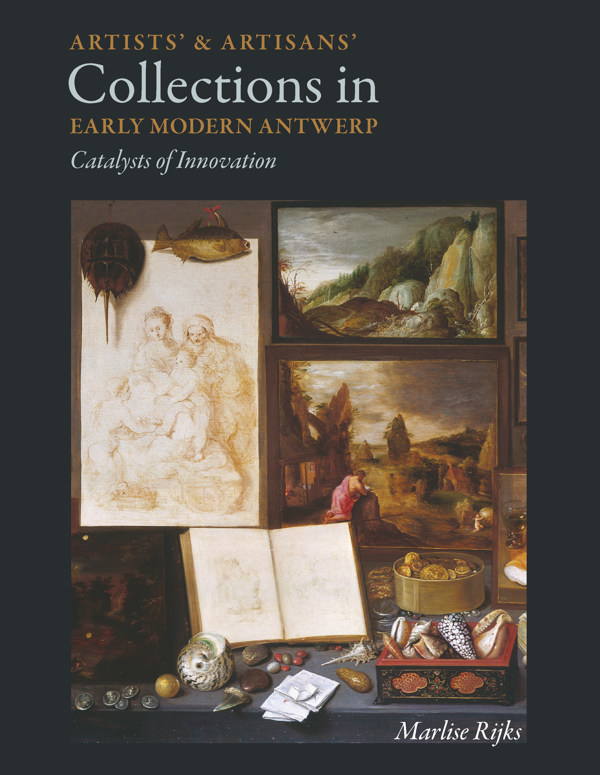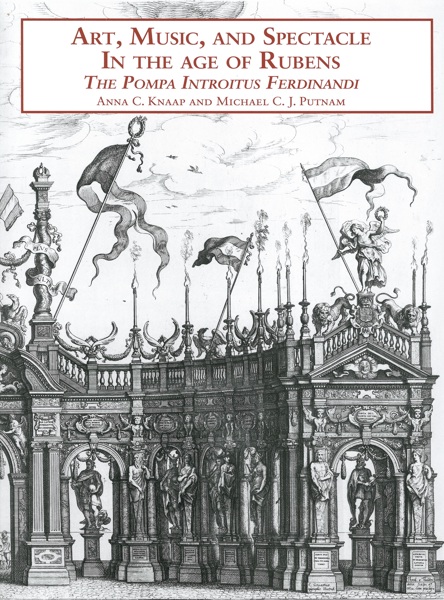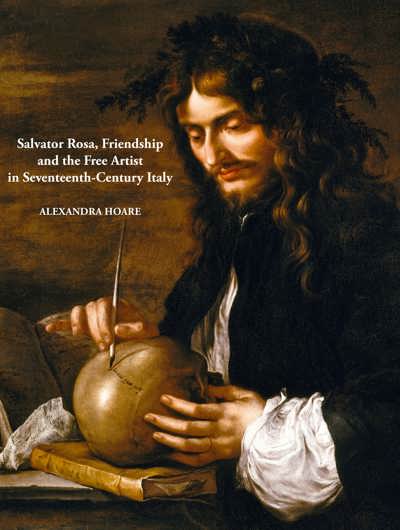
- Pages: xviii + 278 p.
- Size:220 x 280 mm
- Illustrations:87 col.
- Language(s):English
- Publication Year:2022
- € 140,00 EXCL. VAT RETAIL PRICE
- ISBN: 978-1-912554-05-8
- Hardback
- Available
For the first time, the collections of artists and artisans in Antwerp are investigated systematically. This yields new results about the connection between making and collecting: between innovation and appreciation.
“The most useful aspect of Rijks’s study comes from the wealth of information she has pulled together in order to highlight the diversity of collectors in early modern Antwerp, as well as their social networks. This mountain of data is complemented by stories and anecdotes about individual collections, which she relates with evident enthusiasm. What is missing is a fuller discussion of the pictorial representations of those collections. After all, the narratives projected through the endlessly fascinating gallery paintings are no less important for understanding the worldview evoked by Rijks than the actual contents of Antwerp collections. One closes this book, hoping that it will stimulate further research into the relationship between the “real” and the “ideal” in those “sites of knowledge.””(Aneta Georgievska-Shine, in Historians of Netherlandish Art Reviews, December 2022).
“What this volume does best is combine the information from the chosen inventories with a range of mostly secondary sources that explain everything from the visual interpretation of images to the processing of various kinds of materials and the extended familial relationships within a particular profession. It is relevant to researchers in an array of subjects and opens fascinating avenues for much further research. The author is greatly commended on producing this very handsome and timely volume.” (Christina Anderson, in Sehepunkte, 23/5, 2023)
Marlise Rijks (1986) is a postdoc researcher at Ghent University, specialized in art, science, and technology of the Early Modern period. She is currently working on the project Printing Images in the Early Modern Low Countries. Patents, Copyrights, and the Separation of Art and Technology.
Paintings, drawings, prints, maps, jewels, gems, statuettes, medals, exotica, antiquities, dried animals, shells, corals, and scientific instruments. All these objects and more were on display in collectors’ cabinets in Early Modern Antwerp. This book tells the story of the collections of artists and artisans, who stood at the centre of and shaped the city’s cultural life. In their double roles as maker-collectors, they put a strong mark on the culture of collecting.
The culture of collecting was inextricably linked to changing conceptions of the material world, which went hand in hand with the emergence of new pictorial genres and the increasing dominance of forms of knowledge based on objects and material evidence. This book traces the important role of Antwerp artists and artisans in this culture of art and knowledge. It is a story about friendship and networks; about new forms of connoisseurship; and about innovation and appreciation.





